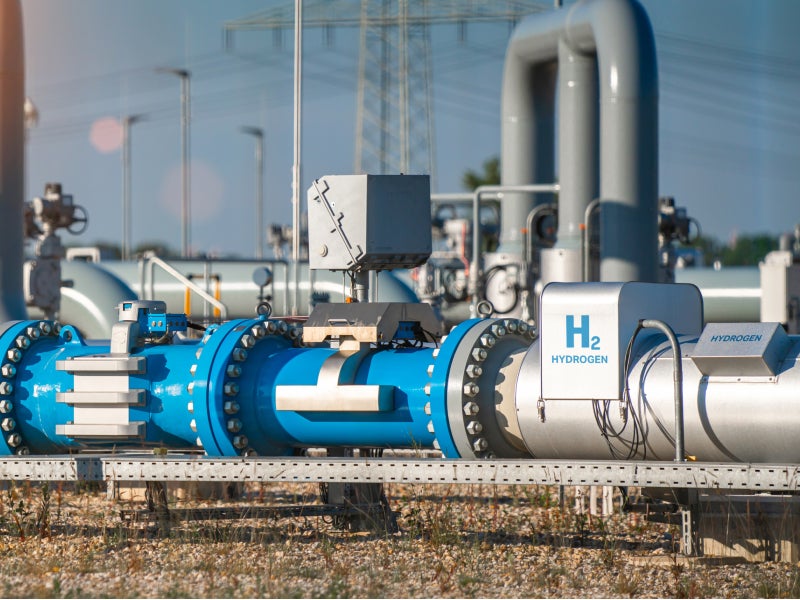The Japanese Government has agreed on a new plan to generate 15 trillion yuan ($107bn) of both private and public funding for the development of its hydrogen supply for the next 15 years.
On 6 June, the country adopted a revision of its renewable energy strategy to increase the use of hydrogen as fuel in a bid to reduce the country’s greenhouse gas emissions.
Japan’s controversial decarbonisation strategy includes the burning of so-called clean coal alongside hydrogen and nuclear to bridge the gap to renewables. Japan’s pursuit of clean coal has been criticised as an attempt to extend the lifespan of coal-fired power plants through co-firing with ammonia.
The revised Basic Hydrogen Strategy plans to increase Japan’s hydrogen supply sixfold from current levels of two million tonnes to 12 million tonnes by 2040.
“We will have a higher target for our hydrogen strategy,” said Chief CCabinet Secretary Hirokazu Matsuno at a press conference on Tuesday morning. “Industrial strategy and security strategy pillars are also incorporated. It is a comprehensive strategy the likes of which have never been seen before.”
Green hydrogen remains far off for Japan
According to critics, Japan’s decision to centre its renewable strategy on hydrogen or ammonia largely serves large industrial players that already have fossil fuel infrastructure in place.
“Hydrogen is an industrial sector that can make a triple achievement of decarbonisation, stable energy supply and economic growth in one shot,” said Chief Cabinet Secretary Hirokazu Matsuno at the cabinet meeting on Tuesday, the Economic Times reports. “We will promote (hydrogen) on a large scale, both demand and supply.”
Japan currently largely relies on hydrogen produced from fossil fuels. The government also plans to mix hydrogen with natural gas at thermal power plants. Hydrogen and ammonia do not release carbon dioxide when burnt meaning that co-firing produces fewer emissions.
In April, the first shipment of ammonia from Saudi Arabia arrived in Japan as part of a collaborative project. Fuji Oil plans to begin burning ammonia in a mix of 20% with 80% coal.
Japan’s Government claims that it wishes to turn the country into a “hydrogen society” to reduce its carbon emissions. The government website states that “in the future” hydrogen will be produced from renewable energy sources but does not outline a timeline for when this will happen.
The government is still in the process of drafting legislation necessary for the industrial use of hydrogen.









